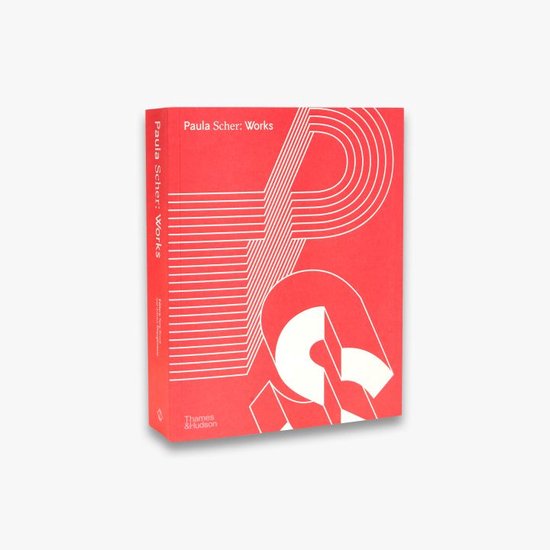
Rudolph de Harak Graphic Designer
The first major publication on the life and work of America’s celebrated mid-century modern graphic designer.
Rudolph de Harak (1924–2002) is one of the most influential modern graphic designers of the mid-20th century. This beautifully produced, comprehensive monograph is the first and only major publication devoted to this fascinating and significant figure and provides an in-depth account of de Harak’s life and work.
From his early years in Los Angeles to his success as a design consultant and educator in New York City, de Harak brought huge inventiveness to everything he designed, from record covers to book jackets, from furniture to exhibitions. De Harak’s work was influenced by early modernist masters, such as Will Burtin, György Kepes, Alvin Lustig, and Max Bill, as well as by the rigour, simplicity and rationalism of the International Style, Abstract Expressionism, Op Art and Pop Art. Graphic design guru Steven Heller says, ‘Rudy de Harak is a solid link between American and Swiss modernism. He was an exemplar of minimalist form with a conceptual content. A book on his life and work is sorely needed and long overdue.’
Organized chronologically into six chapters that cover de Harak’s life and career from 1924 through to 2002, each supported by sidebars on the designers, architects and art movements that have influenced his work, Rudolph de Harak Graphic Designer: Rational Simplicity documents de Harak’s pioneering and prolific fifty-year career in graphic design, environment and experiential design, industrial design, furniture design, posters, books and magazines for a wide range of clients, including the Metropolitan Museum of Art, Cummins Engine Company, McGraw-Hill Publishers, and many others.
Rudolph de Harak (1924–2002) is one of the most influential modern graphic designers of the mid-20th century. This beautifully produced, comprehensive monograph is the first and only major publication devoted to this fascinating and significant figure and provides an in-depth account of de Harak’s life and work.
From his early years in Los Angeles to his success as a design consultant and educator in New York City, de Harak brought huge inventiveness to everything he designed, from record covers to book jackets, from furniture to exhibitions. De Harak’s work was influenced by early modernist masters, such as Will Burtin, György Kepes, Alvin Lustig, and Max Bill, as well as by the rigour, simplicity and rationalism of the International Style, Abstract Expressionism, Op Art and Pop Art. Graphic design guru Steven Heller says, ‘Rudy de Harak is a solid link between American and Swiss modernism. He was an exemplar of minimalist form with a conceptual content. A book on his life and work is sorely needed and long overdue.’
Organized chronologically into six chapters that cover de Harak’s life and career from 1924 through to 2002, each supported by sidebars on the designers, architects and art movements that have influenced his work, Rudolph de Harak Graphic Designer: Rational Simplicity documents de Harak’s pioneering and prolific fifty-year career in graphic design, environment and experiential design, industrial design, furniture design, posters, books and magazines for a wide range of clients, including the Metropolitan Museum of Art, Cummins Engine Company, McGraw-Hill Publishers, and many others.
| Auteur | | Richard Poulin |
| Taal | | Engels |
| Type | | Hardcover |
| Categorie | | Kunst & Fotografie |





